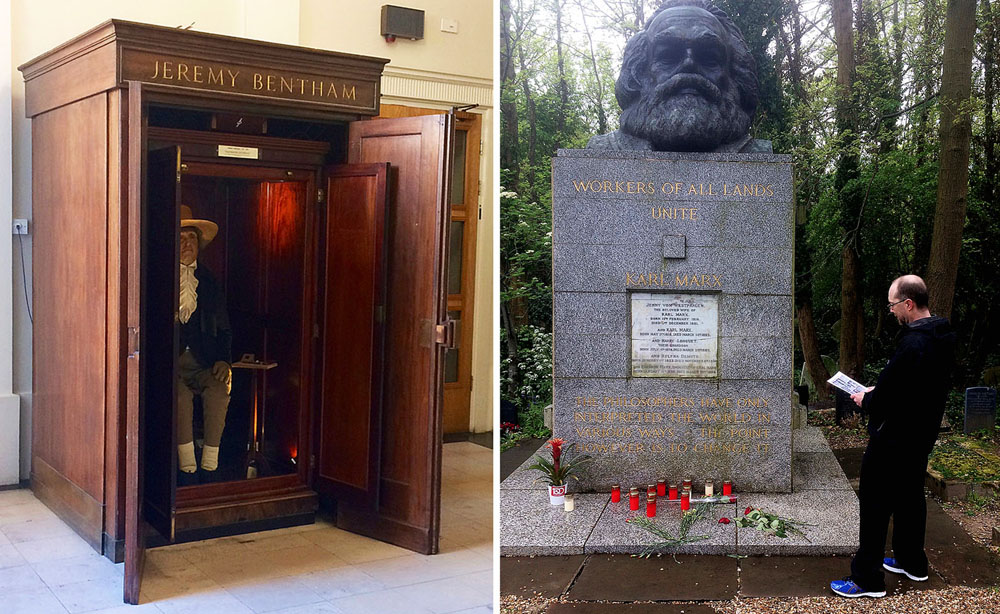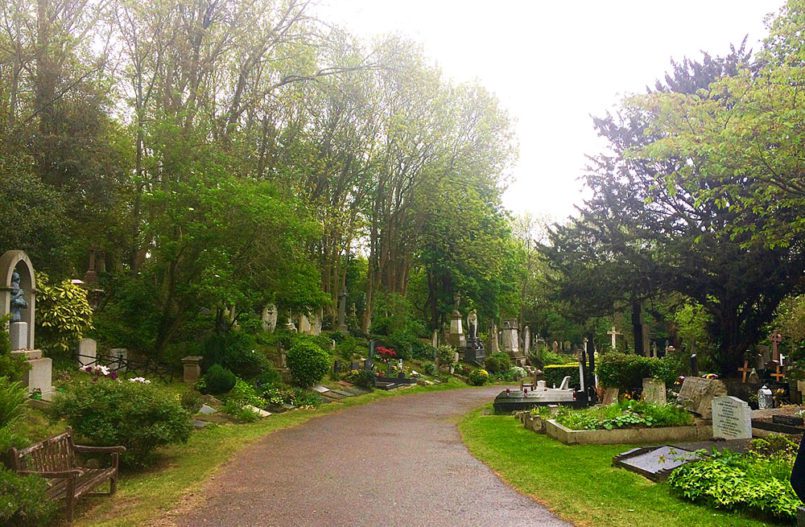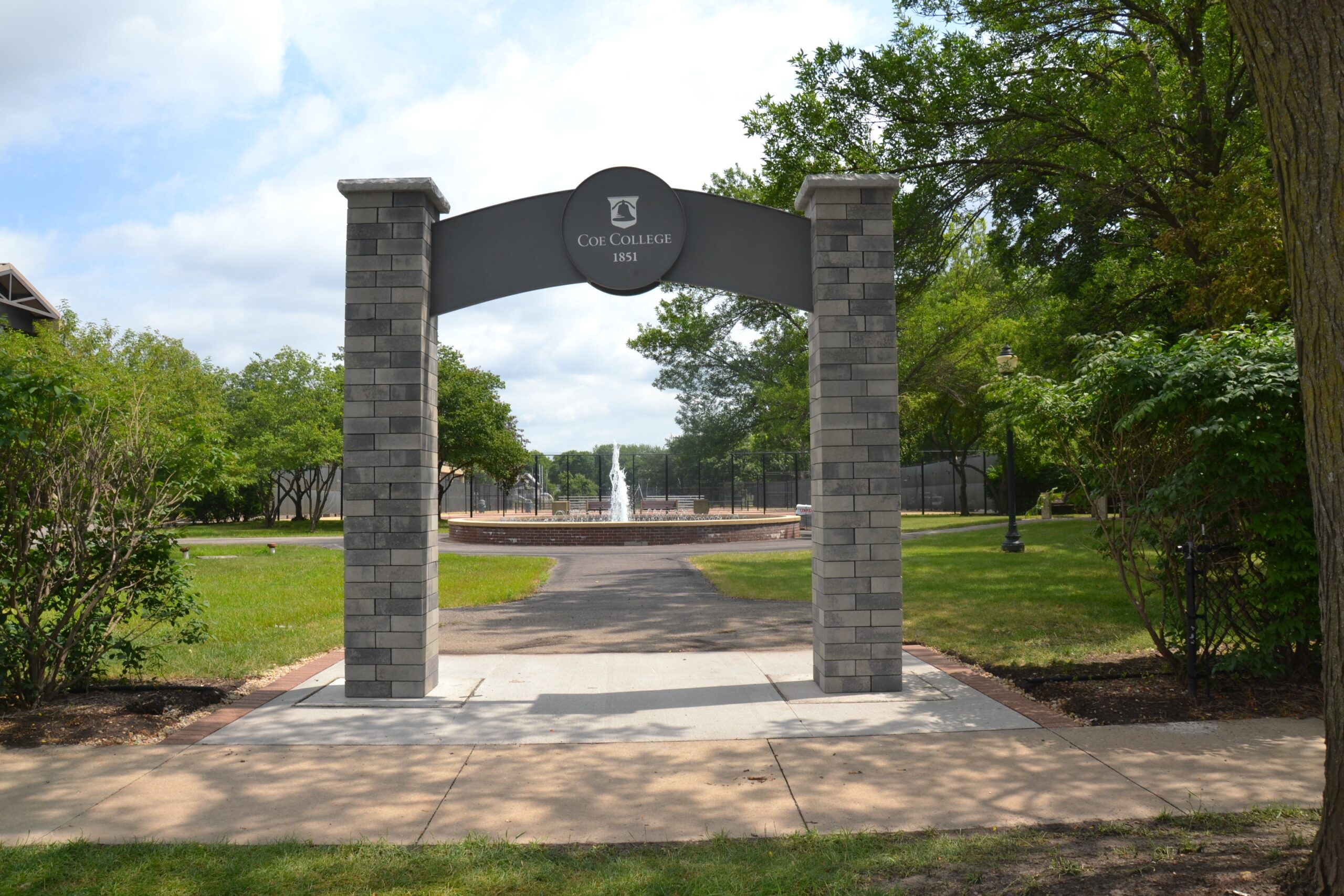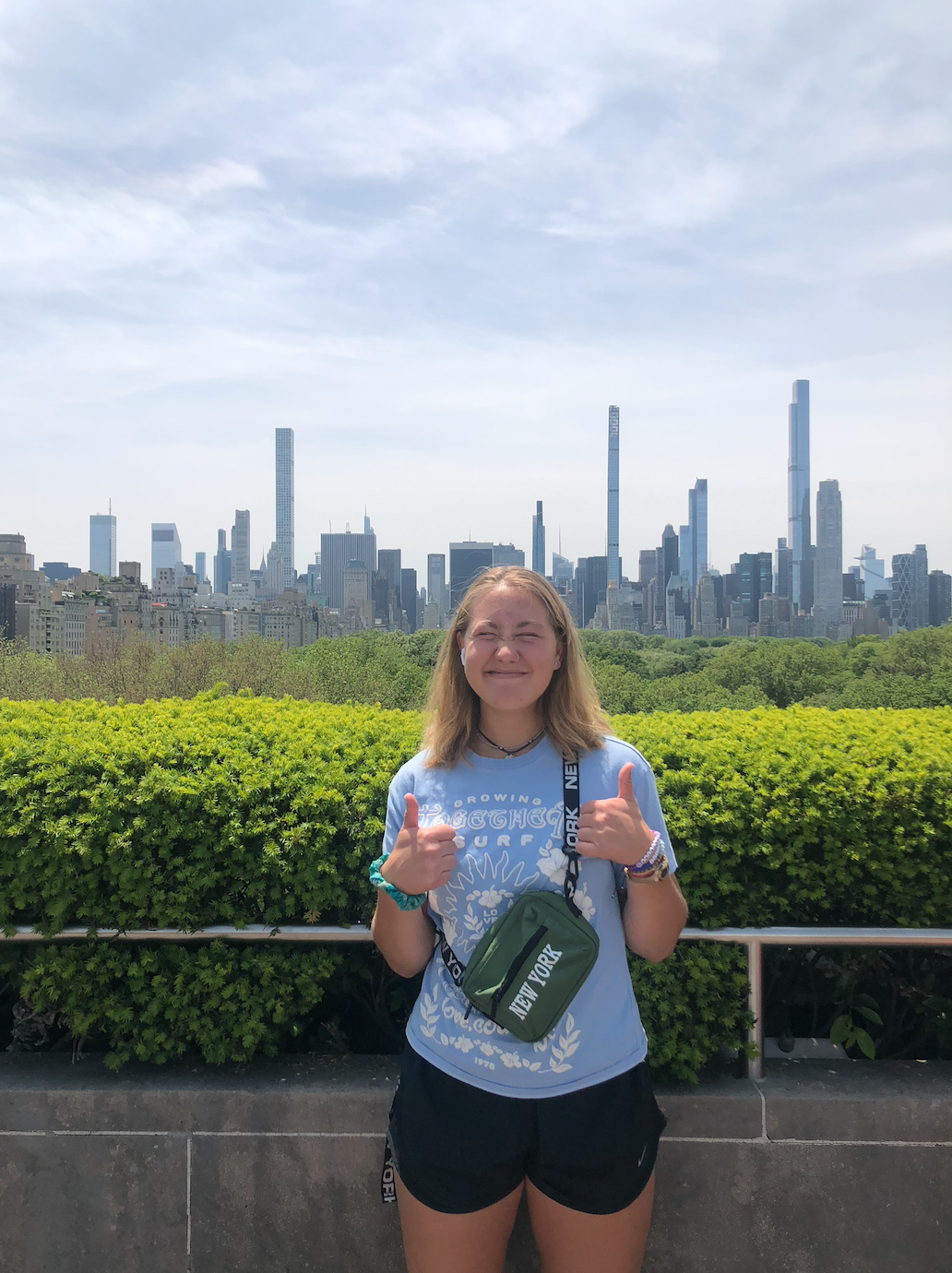|
Blog posts and photos by faculty on the London site visit to the London & Florence: Arts in Context program |
Hampstead and Highgate
Post by Rebecca S. Graff, Assistant Professor of Anthropology, Lake Forest College
In contrast to our previous outings, our morning trip to Hampstead presented the faculty with a chance to explore the North London neighborhood on our own. After departing the Hampstead Underground Station at the intersection of Heath Street and Hampstead High Street and pausing for a group photo, we split to pursue our own interests.
Read posts about:
• Visiting Hampton Court Palace
• Student Flats and the Tube
• Romeo and Juliet at the Globe Theatre
• Lunch at Ottolenghi
Amy Weldon planned to share her extensive knowledge of the area by taking some folks on a literary walking tour. Keats House was only one of several local sites associated with important authors, and there was also the Heath to explore. But I knew that we were already quite near the neighborhood of Highgate, and thus how close we were to two of my favorite things as a historical archaeologist: a cemetery (Highgate Cemetery) and an important thinker (Karl Marx).
Earlier in the week I made a point of visiting Jeremy Bentham’s auto-icon, which is located at University College London, just blocks from our hotel. The philosopher and father of the panopticon had been, according to his own final will and testament, preserved, dressed in his own clothes, and placed at his last academic institution. As a social scientist, I have had the chance to teach Bentham’s work in my classes — always sharing a photo of the auto-icon and the failed mummification of Bentham’s head to snap students out of any reverie — and it was great fun to visit him.
 Jeremy Bentham’s auto-icon at University College London and Scott Legge at Karl Marx’s gravesite in Highgate Cemetery.
Jeremy Bentham’s auto-icon at University College London and Scott Legge at Karl Marx’s gravesite in Highgate Cemetery.
I had to continue this engagement with the final resting places of the famous at Hampstead, and I knew whom to ask to accompany me on this trek: my anthropology colleague, Scott Legge (Macalester College). It would be long walk up, down, over, and through Hampstead to get to the cemetery. It was raining. It was foggy. It was our final day as a group and we had already walked a lot. But I couldn’t bear the thought of being so close and missing out on this opportunity. Scott agreed.
Learn more about London & Florence: Arts in Context
We arrived at the cemetery and headed to the gatehouse. As an active cemetery, there was a funeral in progress that morning and we were warned to be respectful in our exploration of the site. Singer George Michael had been recently buried there, joining others including George Eliot, Douglas Adams, and Christina Rossetti. Heeding this was no problem, since I regularly required students in my archaeology courses and excavations to exercise similar constraint and respect in carrying out their cemetery-based class assignments.
Seeing Marx’s grave was very moving for me, and Scott too was happy to have found it. I am teaching some of Marx’s writings this fall in my introduction to sociology and anthropology course, and plan to show this picture. Scott and I agreed that we could have spent hours more looking at the monuments, the greenery, and the votive offerings left by people both very recently and long ago. Tour over, I inhaled a very tasty Marks and Spencer egg and avocado sandwich as we booked it to the Freud Museum to join the rest of our group.
 The group pauses for a photo outside Hampstead Underground Station. From left, Scott Legge (Macalester), Nancy Barry (Luther), Cyn Fitch (Knox), Corinne Scheiner (Colorado), Amy Weldon (Luther), Kristin Larson (Monmouth), and Rebecca S. Graff (Lake Forest).
The group pauses for a photo outside Hampstead Underground Station. From left, Scott Legge (Macalester), Nancy Barry (Luther), Cyn Fitch (Knox), Corinne Scheiner (Colorado), Amy Weldon (Luther), Kristin Larson (Monmouth), and Rebecca S. Graff (Lake Forest).
Postscript: When I got home from the airport last night, I headed straight over to the Department of Sociology and Anthropology’s annual party. My students heard that I had visited Marx from another colleague! They had me show them my pictures right away, which was a delight. I write this blog post on what would have been Marx’s 199th birthday, May 5, 2017.










